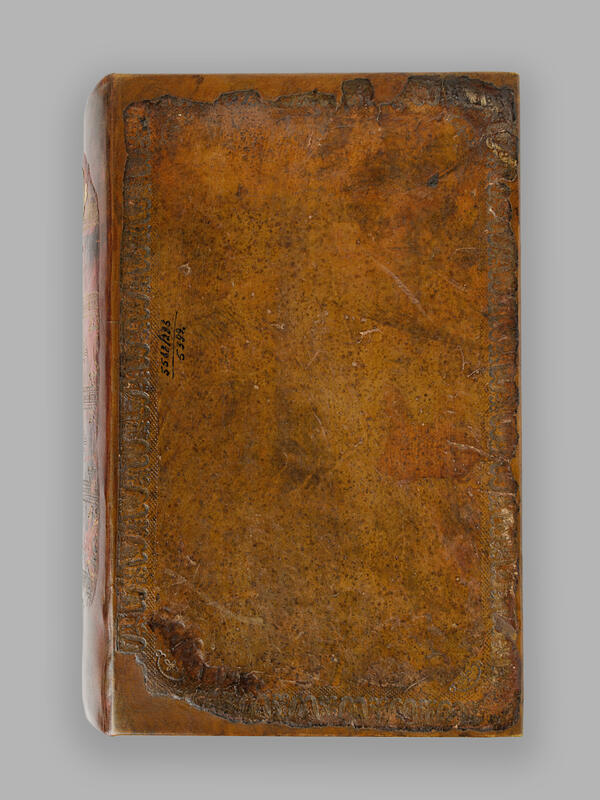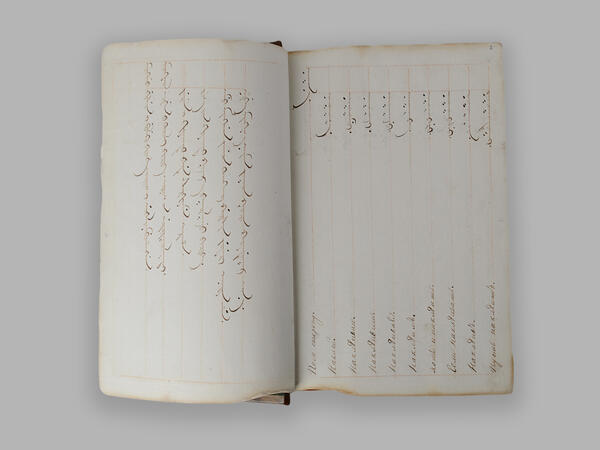The Mongolian-Russian Dictionary consists of four volumes, one of which has been lost. The surviving books bear traces of the fire that took place in Kyakhta in 1845. One of these books, the second volume, is displayed at the museum.
Based on the watermarks — “1818 AO” and the oval coat of arms with a lion in front of a sword with a crown — researchers determined when and where the paper was produced. The author wrote in brown ink in Russian and Old Mongolian.
This dictionary was compiled by Alexander Igumnov (1761–1834), a collegiate secretary, interpreter, scholar in Asian studies, and writer. As an interpreter, he served in the Kyakhta Border Chancellery and accompanied the Russian Ecclesiastical Mission to China in 1781 and 1782.
Igumnov’s dictionary was
intended for students of the Russian-Mongolian school which opened on September
23, 1833. It was established by the Imperial order of June 18, 1832,





